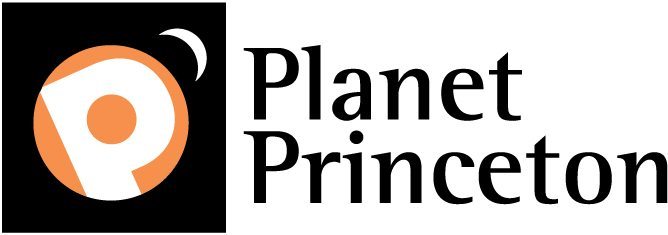Is unlimited growth the goal of the Princeton Master Plan?
How will we measure the success of our new Master Plan without clear definitions and measurable goals? Is unlimited growth the goal? Unlimited infill? Unlimited teardowns? Do we believe we can make housing affordable or is the goal to add true affordable housing to meet our Mt. Laurel obligation?
For example, in response to a question about what definition of “walkable” the town is using for planning, a representative replied that “…walkable refers to the patterns of development that we have in areas of Princeton already where many folks have cars, many others don’t, some use them every day, some use them sparingly, others use different forms of transportation either exclusively or in addition to their car use.” Also, “Terms like “walkable” and “gentle infill” are somewhat planning terms, but also somewhat commonly defined.”
A common definition of walkability is 400m or about .25 mile. According to the US Department of Transportation, people will walk .25 to .5 miles to a transit stop, perhaps farther for heavy rail. Sometimes it is defined as a 10-minute walk. But the definition the town is using isn’t measurable, and by choosing a vague definition, there is some wishful thinking about car use that could result in poor planning outcomes.
No one from the Johnson Park School district was included on the Steering Committee. Residents (not “folks”) rely on cars to go to the grocery store, schools, the pharmacy, doctors, cleaners, the train, and their jobs. Some, but not all, can walk to town, but that doesn’t make it walkable. Town no longer has the goods and services to support the essential needs of residents. We are never going to have a grocery store in the CBD. Unless we destroy the existing historic district, no amount of density can make that a reality. The rents are too high, the land too scarce, and the industry too competitive. That’s ok. But being able to walk into town for a latte shouldn’t delude planners into thinking that people can exist without cars. Or that they don’t use their cars daily.
We remain in a period of transition. Some employers are requiring employees to return to the office. Yet even cities with good transit aren’t seeing a return to pre-pandemic ridership levels. Surprisingly, some research shows that people who work from home drive more than when they commute to the office. Those of us who must drive in Princeton know traffic is worse and violations are on the rise. Whether it is “gentle infill” (or just infill), adding more housing in Princeton also means adding more cars.
We can have a debate. But let’s use measurable data and definitions that aren’t moving targets. What has worked in legacy cities with abandoned buildings and large surface parking lots may not work here. If the Planning Board’s goal is growth, we should be clear about a target. Clarity and specificity about our goals is needed to enable an informed conversation about tactics. Choosing a tactic, such as infill, and hoping for an outcome is misguided. Let’s be sure we agree on measurable goals first, and then we can have a full-throated debate about how to achieve them.
Jo Butler
Hibben Road

